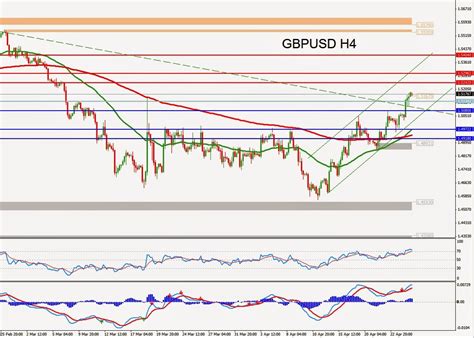«The Susceras cryptographic market: how technical analysis and exchange rate risk can protect its wealth (and destroy it)»
As the world of cryptocurrency continues to evolve, it is essential that investors understand market complexities and how to navigate their risks. An aspect that often overlooks is the technical analysis and the risk of the exchange rate.
Technical Analysis

Technical analysis is a form of graphics that uses patterns, trends and other forms of data display to predict price movements in markets. When analyzing historical price data, operators can identify possible purchase or sale signals, such as reversions of trends, outbreaks or other forms of technical indicators.
In the context of cryptocurrency, technical analysis can be particularly useful when it comes to exchange rate risk. When monitoring the correlation between the prices of a couple and their underlying factors (such as supply and demand, the volume of negotiation and the feeling of the market), merchants can better understand the potential risks associated with the exchange of a cryptocurrency for another .
For example, if a merchant is looking to buy Bitcoin (BTC) at $ 10,000 and sell it to $ 8,000, you must know the exchange rate risk. If the price of Ethereum (ETH) increases in response to the news about Bitcoin, the value of its cryptography portfolio can decrease due to the reduction of the correlation between the two cryptocurrencies.
exchange rate risk
The exchange rate risk is the potential loss incurred by an operator when buying a currency and selling another at different times or markets. In cryptocurrency trade, exchange rate risk can be particularly problematic due to price volatility.
When merchants exchange a cryptocurrency for another, they can incur losses if price movements in each market are not correlated. This is known as «risk between coins» or «monetary risk». For example, if a merchant buys 100 units from Ethereum at $ 10 and sells it to $ 15, but the price of Bitcoin increases by $ 1 (from $ 9 to $ 10), they can incur losses due to correlation reduction between the two cryptocurrencies.
Metadata
Metadata are data that provide additional context or information about an asset or entity. In cryptocurrency trade, metadata can be used to obtain information on market dynamics, identify potential risks and optimize commercial strategies.
An example of metadata in cryptocurrency trade is the use of «intelligent contracts» on blockchain platforms as Ethereum. Smart contracts are self-execution contracts with the terms of the agreement written directly in lines of code. They can automate several processes, such as payments and asset transfer, without the need for intermediaries.
When analyzing intelligent contract metadata, merchants can obtain valuable information about market behavior, identify potential risks (such as liquidity risks or regulatory risks) and optimize their commercial strategies to maximize yields while minimizing losses.
Conclusion
In conclusion, the technical analysis and exchange rate risk are two essential aspects of cryptocurrency trade that investors must understand to effectively navigate the markets. By combining these tools with a deep understanding of market dynamics and intelligent contract metadata, merchants can obtain valuable information about market behavior and optimize their commercial strategies to maximize yields while minimizing losses.
Remember, cryptocurrency trade is inherently high risk, and it is essential to address each trade with caution and a clear risk management strategy. With the right tools and a deep understanding of the markets, investors can develop wealth through this kind of assets, but only if they are willing to take calculated risks.

Leave Your Comment